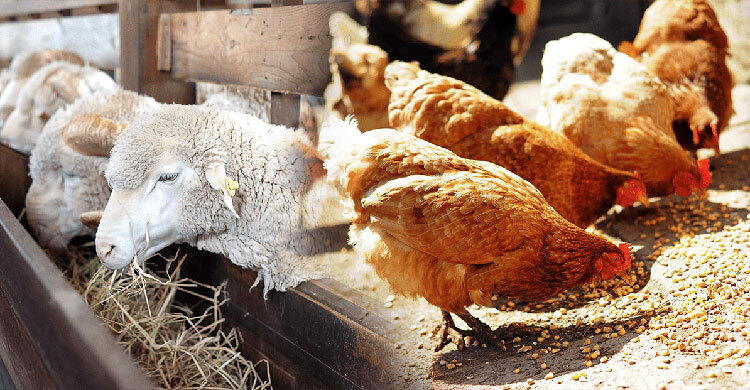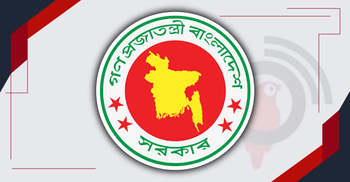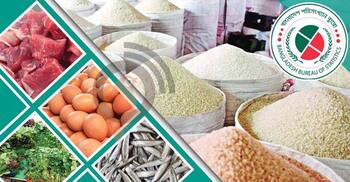Syndication forces growers to leave animal feed market

Over the past few years, prices of all kinds of animal-based protein have skyrocketed, making them unaffordable for the middle class. Syndicates are often blamed when prices rise, but when it comes to animal protein (beef, chicken, eggs, farmed fish, and milk), marginal farmers bear the brunt of the abnormal costs of animal feed.
Farmers claim that a few animal feed manufacturing companies in the country are arbitrarily increasing the price of feed.
According to sector experts, the price of animal feed in the country has increased by 54 per cent in the last year and by 137.19 per cent over the past six years. Unable to turn a profit, many marginal farmers have shut down their businesses.
Data analysis over the last few years supports farmers' complaints. The prices of corn and soybeans, the main ingredients used in poultry, cattle, and fish feed, have gradually decreased in the global market. Despite an increase in maize production this year, prices remain low in the country.
Data shows that more than 90 per cent of animal feed comprises corn and soybeans.
This year, the price of maize has decreased by Tk 6-8 per kg, selling at Tk 28 to Tk 30 per kg. The price of imported soybean meal has also decreased, with some domestic companies selling soybeans at lower prices than before.
According to the Integrated Dairy Research Network (IDRN), the price of animal feed in the country has increased by 54 per cent in the last year. Over a few years, the cost of animal feed has doubled.
Currently, there are 294 feed mills registered by the Department of Livestock, but only a dozen dominate the market, forcing many small feed mills to close.
Unusual prices compared to India and Pakistan
Data reveals that animal feed prices in Bangladesh are abnormally higher than in neighboring countries. In India, layer chicken feed costs 36 to 47 rupees per kg, and in Pakistan, it is 38 to 40 rupees per kg. In contrast, it sells for 57 to 59 taka in Bangladesh.
Impact on chicken and egg prices
The increased feed prices have driven up chicken and egg prices. Complaints often point to syndicates, but no government agency has clear information on the appropriate price. Companies claim the production cost of one kg of broiler chicken feed is Tk 63.5, with raw material costs at Tk 55.73per kg. Including packaging, transportation, process loss, company profit, and dealer commission, it sells to farmers at Tk 72.5.
However, the Bangladesh Poultry Association (BPA) disputes these figures. Recently, they submitted an account to the Bangladesh Trade and Tariff Commission, claiming the raw material cost per kg of broiler chicken feed is at most Tk 45. Including other expenses, a reasonable price should be Tk 61.75, accounting for profit and marketing costs.
BPA President Suman Howladar stated, "There is no secret ingredient in poultry feed whose cost cannot be calculated."
He added that companies are making an additional profit of Tk 11 per kg for broiler chicken feed and even more for layer feed, where costs are Tk 45 per kg but sold at Tk 58, taking an extra Tk 13 per kg from farmers.
Howladar also pointed out that companies purchase raw materials in bulk, reducing costs further than retail market prices suggest.
Feed market under the grip of syndicate
Small farmers consistently blame syndicates of producers for increasing feed prices, claiming that these entities arbitrarily hike prices, putting small farmers at risk. Consequently, farmers are calling for government intervention to regulate feed prices.
Farmers and related parties assert that powerful feed syndicates manipulate price increases. Despite the presence of many companies, over 80 per cent of the market is controlled by a few, leaving virtually everyone at their mercy. These syndicates allegedly create artificial crises by hoarding animal feed, subsequently raising prices at will. Once prices rise, they seldom decrease. Post-Covid-19, feed prices were raised citing increased global raw material costs, yet these prices have not been adjusted downward despite a global decrease in raw material costs.
Although several government institutions oversee human food prices, there is no effective body to regulate the animal feed price syndicate. This responsibility falls to the Department of Livestock, which is perceived as ineffective in this role.
The increase in feed prices has also affected the prices of common animal feed ingredients, including wheat husk, paddy husk, lentil husk, mustard husk, gram husk, mung husk, straw, and rice husk.
Mumin Haque, a farmer from Akkelpur in Jaipurhat, said, "I had to close my farm due to the high cost of feed. Only a few companies control the market. One company raises the price first, and then all others follow. In 2020, a bag of feed cost between Tk 1,850 and Tk 1,900. Now, it's Tk 3,500. At these prices, many farmers like me have lost hope."
Discomfort in cattle and fish feed prices
Similar complaints exist in the livestock and fisheries sectors. Stakeholders claim companies are making abnormal profits on these feeds as well. Various farmers' organisations, including the Bangladesh Dairy Farmers Association (BDFA), have demanded lower feed prices.
According to BDFA, the average price of six major animal feed products in the country has increased by 137.19 per cent over six years.
The National Directorate of Consumer Rights received various reports and complaints about the discrepancies in feed prices. The directorate requested the Ministry of Commerce to determine reasonable feed prices, leading to instructions for the Bangladesh Trade and Tariff Commission to investigate.
What the experts say?
Regarding feed prices, Dr. Biplab Kumar Roy, Chief Scientific Officer and Head of the Animal Production Research Division at the Bangladesh Livestock Research Institute, told Jago News, "We need to examine the rationale behind the feed price hike. The current feed prices are unjustifiably high."
Mosa. Parvin Mostari, also a Chief Scientific Officer in the department, has conducted research on the costs of animal production. She stated, "In a word, feed prices in this country are excessively high and unsustainable for farmers. There are feed syndicates and vicious cycles affecting the market. This is why we are now advocating for farmers to use grass as an alternative to grain feed. High feed prices are driving farmers out of business and have reached unbearable levels."
Parvin Mostari further explained, "Feed prices have become the biggest obstacle in cattle rearing. As feed costs rise, so do the costs of conventional animal feed. Consequently, many marginal farmers are being pushed into poverty."
Feed millers reluctant to talk
When approached for comments, several officials from major feed-producing companies declined to speak on the matter. Some hung up their phone upon hearing the questions, while others hung up with various excuses and did not answer follow-up calls.
However, an official from a feed manufacturing company, speaking on condition of anonymity, stated, "While the main ingredients of poultry feed are maize and soybeans, there are other components such as rice bran, canola meal, wheat flour, and salt. Their prices have increased. The proportions of these ingredients vary based on the quality of the feed, and most of these materials are import-dependent. Additionally, the rising dollar rate has contributed to the inability to reduce feed prices."





